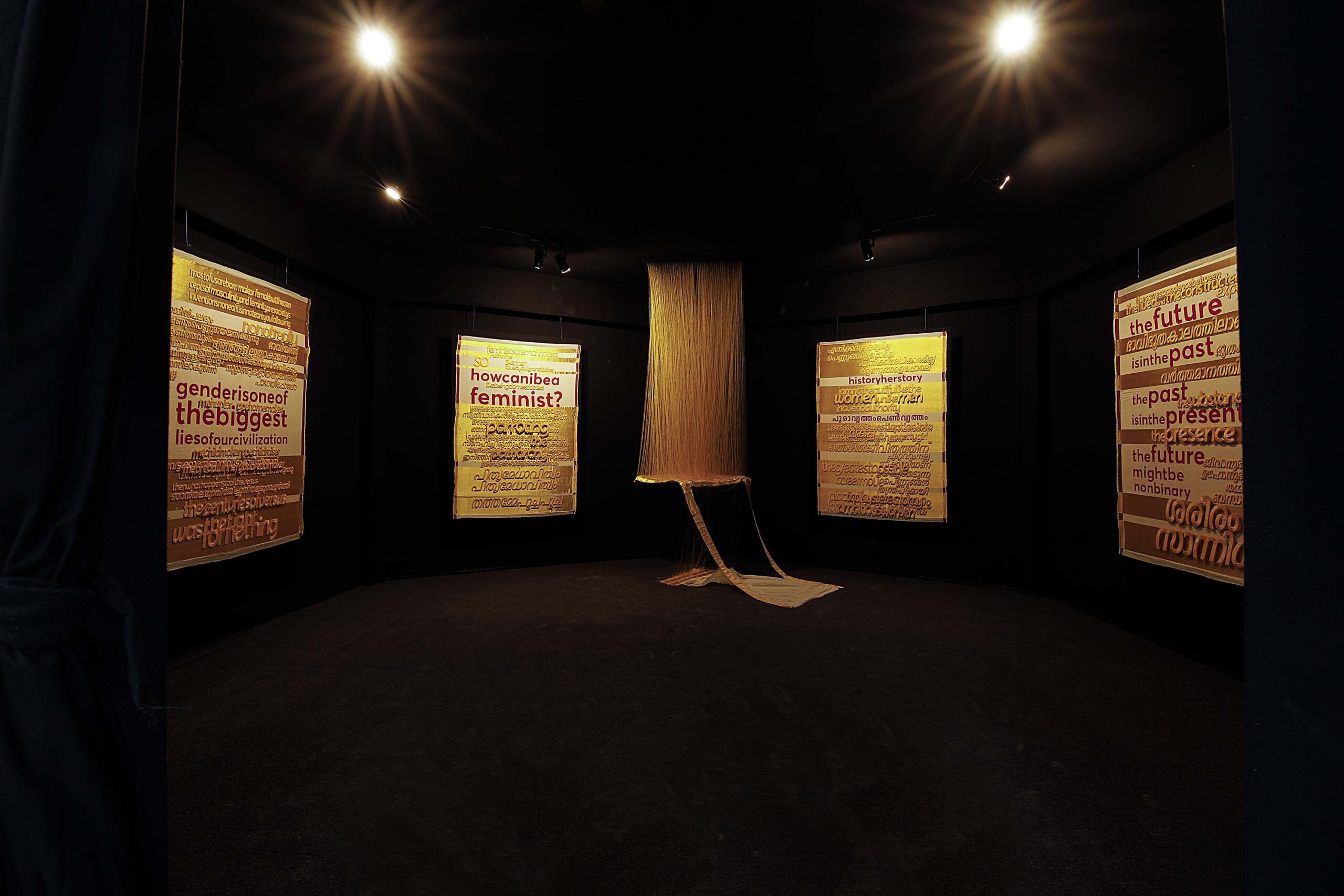Miniatures:
Appearances invisible to Sight
H.A.Anil Kumar

The innumerable flora, fauna and animals that were
painted, were like the genre of still life: the commissioner
thought that making an album of animals that he/she
possess is one way of revealing his/her lordship to the
world, while the miniaturist was already skilled in making
it his own possession, by inserting secretive codes—
unidentifiable, singular icons—to mark his own personal
style. Making copies strengthened a miniaturists’ personal
styles, embedded within what the sponsor thought was his/
her possession. Copying had its own socio-political eclectic
background as well, if one accepts the fact that the same
image went as representations within the prized possession
of even mutually opposing kings. It is like the same sculptor
who represented Vaishnava images, formulating Buddha’s
image, despite both conflicting regarding God’s presence
and silence, respectively** **(S.L.Byrappa’s Kannada novel
‘Saartha’ elaborates this. Ashish Nandy’s research that both
Hindus and Muslims travelled in the same hired vehicles to
attend pending cases of Ayodhya carnage, where they were
opposite parties, serves as an analogy to what miniatures
can do to our prejudice about them).

Modernist artwork begins with the painted surfaces while
miniature is an end process of a power-game, of aristocrats
and feudal lords. The deceptive process that landed artists
also as part of this power game was miniature. The reason as
to why those who are continuing creating miniatures even
today in its pure form, believe in this genetically shared
subservience, in one way or the other. Hence miniature
doesn’t yield to sight in the way an easel painting does.
The former succeeded in series, was ‘manhandled’ by the
litterateurs, artists and calligraphers in succession, on
multiple frames. In this sense, sight is to modernity in art
while memory and memoir is to miniatures. A contemporary
artist willing to adopt the tradition of miniature in one way
or the other is the one who is ready to shift this priority
from being sight-specific to memory-specific. He/she wants
to imbibe the feel of what does it mean to be subservient
to a power and also decipher the aesthetic modes in which
one deceptively becomes part of authority—seem to be two
important aspects among contemporary/modern artists who
believe in ‘adopting’ from miniatures.

